The Surprising Ways You’re Killing Your Leftovers
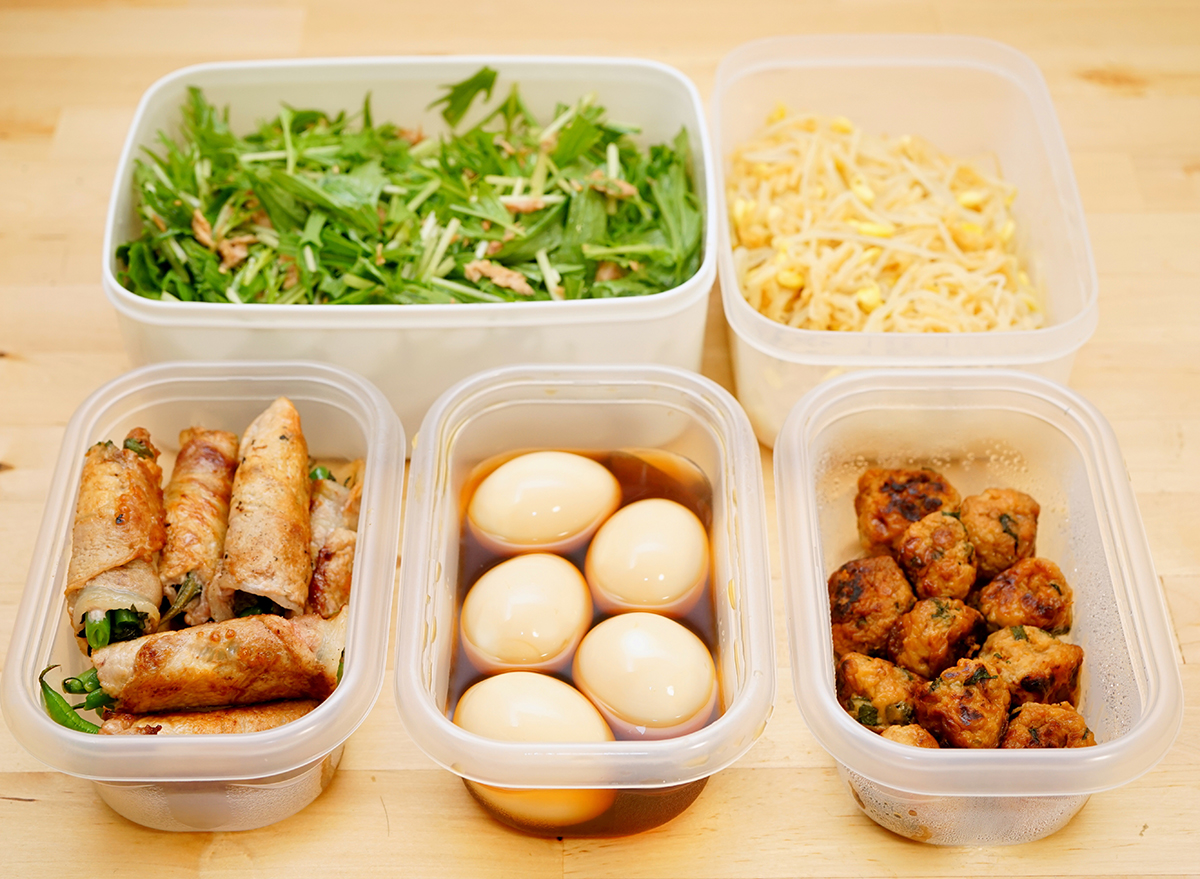
Have you ever made a meal that was so delicious you couldn’t wait to enjoy the leftovers from it the next day or two? The truth is, most times, leftover food that is eaten on day two or three after it’s been cooked just won’t taste as tender and flavorful as it did the first time you bit into it. Or, even worse, it may have spoiled in the fridge because it wasn’t properly stored or was left in the appliance for far too long.
To help call out some of these mistakes we make when we attempt to store leftovers, we consulted Meredith Carothers, the technical information specialist at the USDA’s Food Safety and Inspection Service. Read on to find out just how you may be ruining your perfectly good leftover food!
You’re letting leftover food sit out for more than two hours.
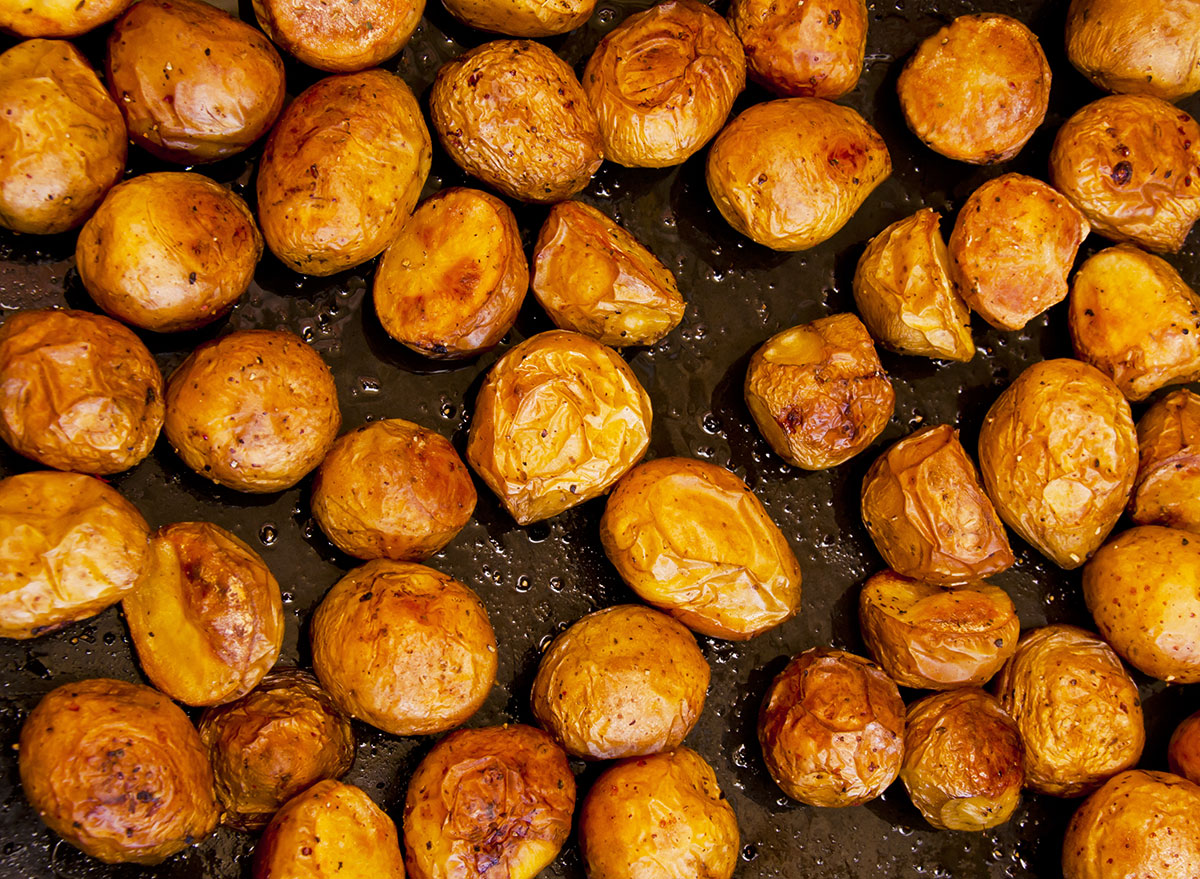
We know that the first thing you want to do when you have finished meal prepping is sit down and enjoy your food, leaving the rest to sit out on the stovetop or counter. However, this could be putting your food at risk of bacterial growth.
“One of the biggest ways that consumers kill their leftovers is by violating the 2-hour rule. Foodborne illness bacteria grow rapidly between the temperatures of 40° F and 140° F, and just two hours at room temperature is enough time for food poisoning bacteria to reach dangerous levels,” says Carothers. “Plus, there are some bacteria that, if allowed to multiply, produce toxins that cannot be killed by reheating your leftovers, so it is very important to make sure leftovers are refrigerated within this time!”
The food safety expert provides some tips on how you can keep your leftovers from spoiling.
- Right before sitting down to eat, portion your leftovers into storage containers and place in the refrigerator.
- If you’re worried about your items being too hot to place in the refrigerator, it is actually safe to place hot foods directly in the refrigerator. However, you’ll want to cut large items or divide large amounts of food into smaller portions to cool quickly.
- Set yourself a timer so that if you decide to sit and enjoy your meal before putting leftovers away, you don’t sit for too long!
Your leftovers have been in the refrigerator for too long.
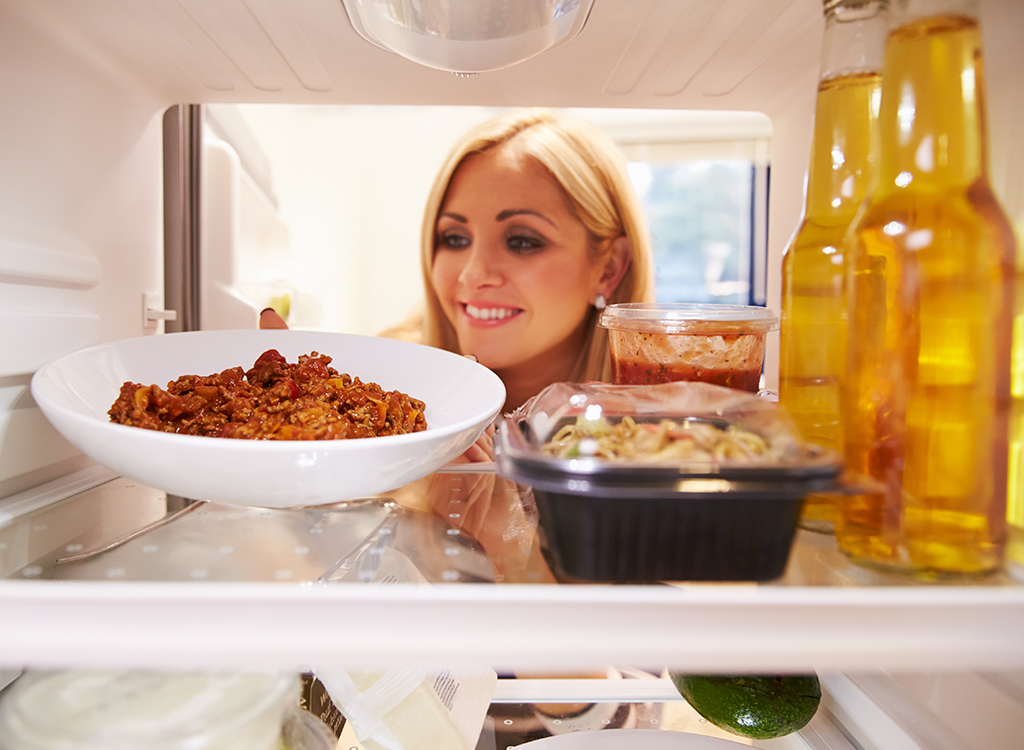
Did you know that cooked food is only good between three and four days after you cook it? Carothers says that this is often how consumers ruin their leftovers, by leaving them in the fridge for too long until they spoil.
“To avoid killing leftovers by leaving them in the fridge too long, either consume within three to four days or freeze them to enjoy at a later time. Leftovers will be safe indefinitely in the freezer but will keep their best freshness and quality for three to four months in the freezer. Although safe indefinitely, frozen leftovers can lose moisture and flavor when stored for longer times in the freezer.”
How many times have you had to throw out foods because they were tainted with freezer burn?
Your refrigerator isn’t set to the proper temperature.
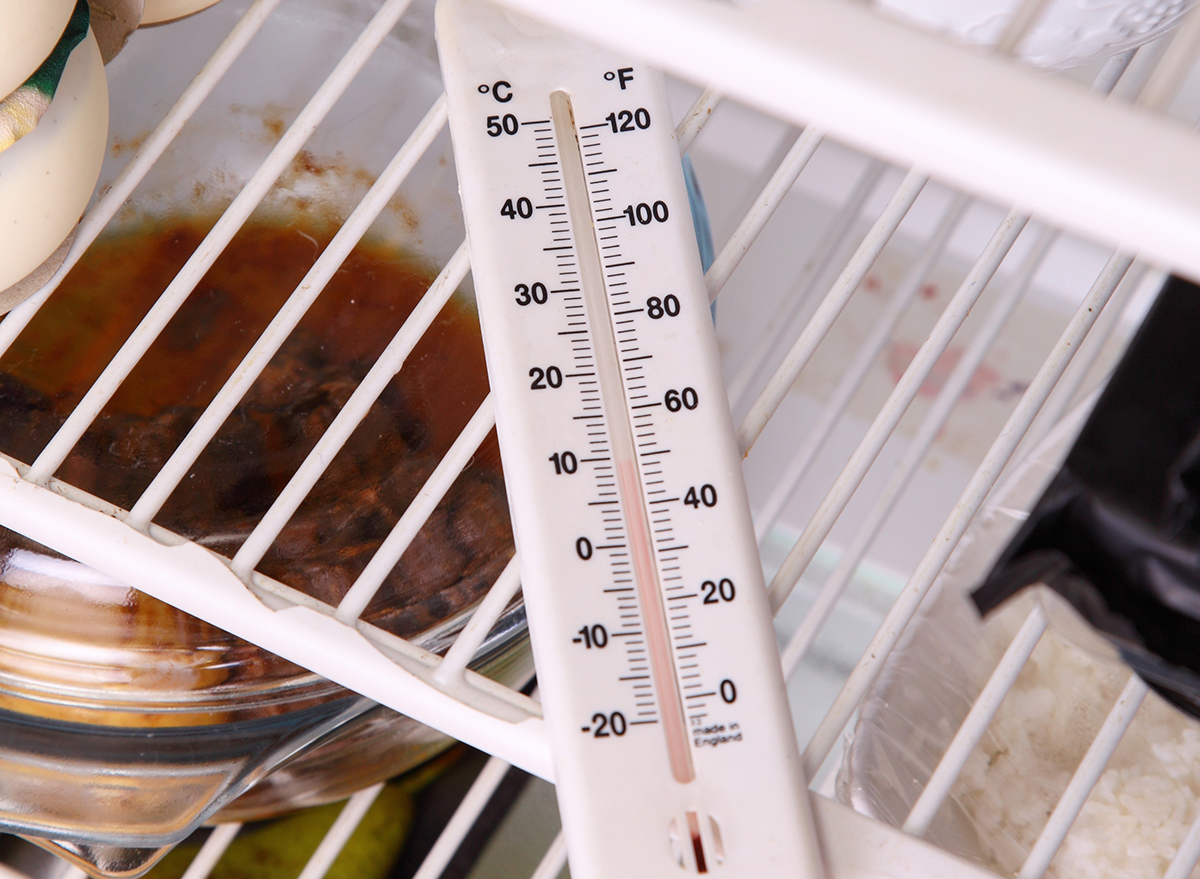
Carothers says that setting your refrigerator to the correct temperature is critical for preventing bacterial growth on food and foodborne illness. You always want to make sure refrigerator temperature is 40°F or below.
“Foodborne illness bacteria will begin to multiply at temperatures above 40°F and can reach dangerous levels that could make you sick,” she explains. “In addition, if the refrigerator temperature is higher than 40° F that means spoilage bacteria will start to multiply as well.”
This is problematic because it means that your food will likely spoil faster.
You’re not wrapping your leftovers in airtight containers.
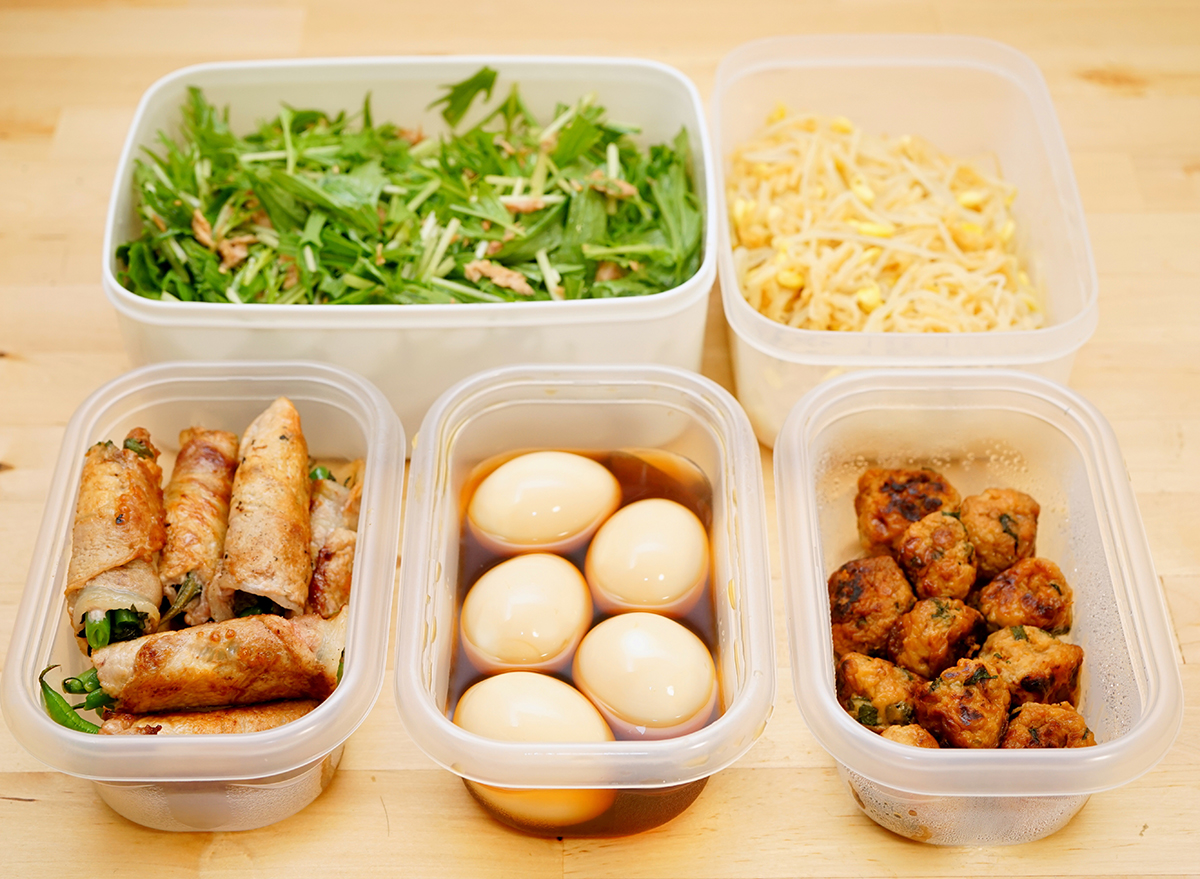
How you store your leftovers is important for how good your leftovers will taste in the next three to four days after they’ve been cooked.
“To maintain the best quality, it is recommended to either cover leftovers, wrap them in airtight packaging, or seal them in storage containers,” says Carothers. “These practices help keep bacteria out, retain moisture, and prevent leftovers from picking up odors from other food in the refrigerator.”
Have you ever had pasta that kind of tasted like a banana? If you left a half-eaten banana in the refrigerator next to a bowl of pasta with not even plastic wrap over it, then you have your answer as to why your noodles smell like yesterday’s banana.
You’re storing your leftover food in smelly plastic containers.
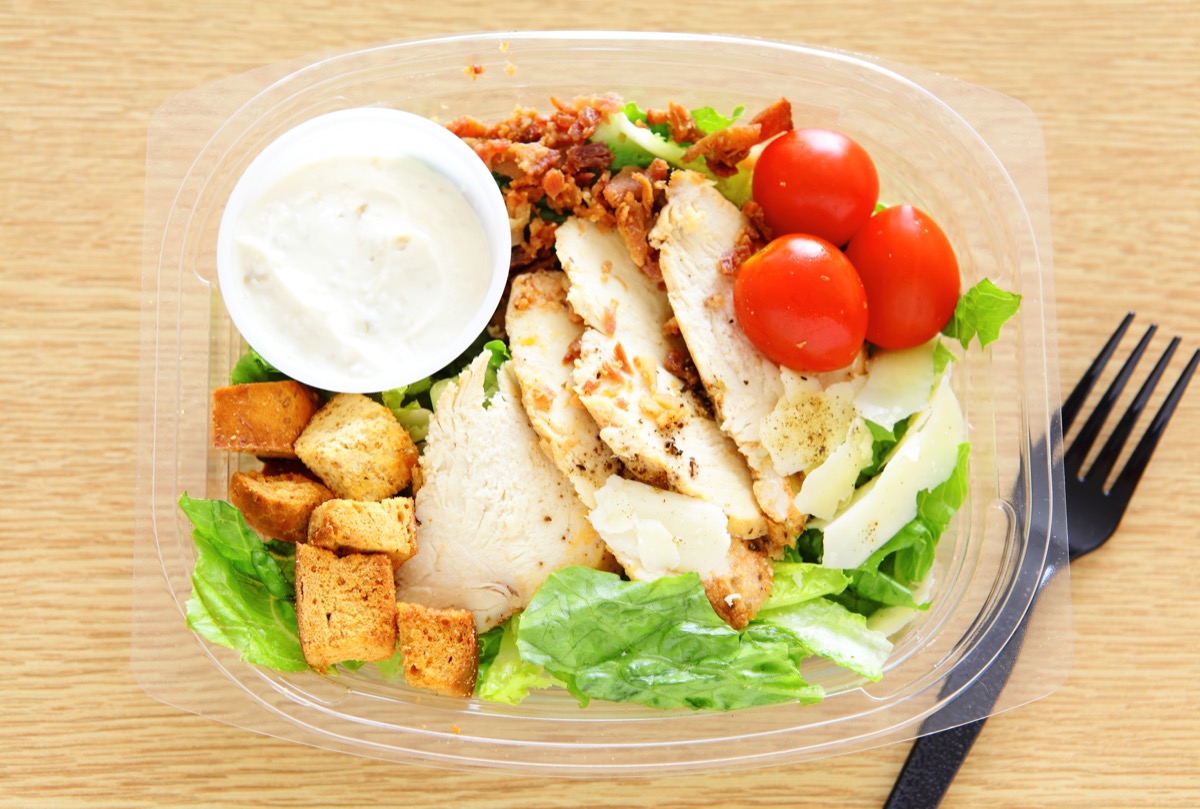
If plastic containers are what comprises most of your storage cabinets, then it may be time to take a sniff of each. Why? Unlike glass, plastic containers can actually absorb the flavors of pungent foods over time. Have you ever had a plastic container that is permanently stained red from a garlicky marinara sauce? Just like the stain, the odor may also never dissipate, which means any new leftovers you store in there may experience a change in flavor. Gross! If you use plastic containers, make sure to change them out when they’re starting to reek.
You’re reheating leftover soups and sauces in the microwave.
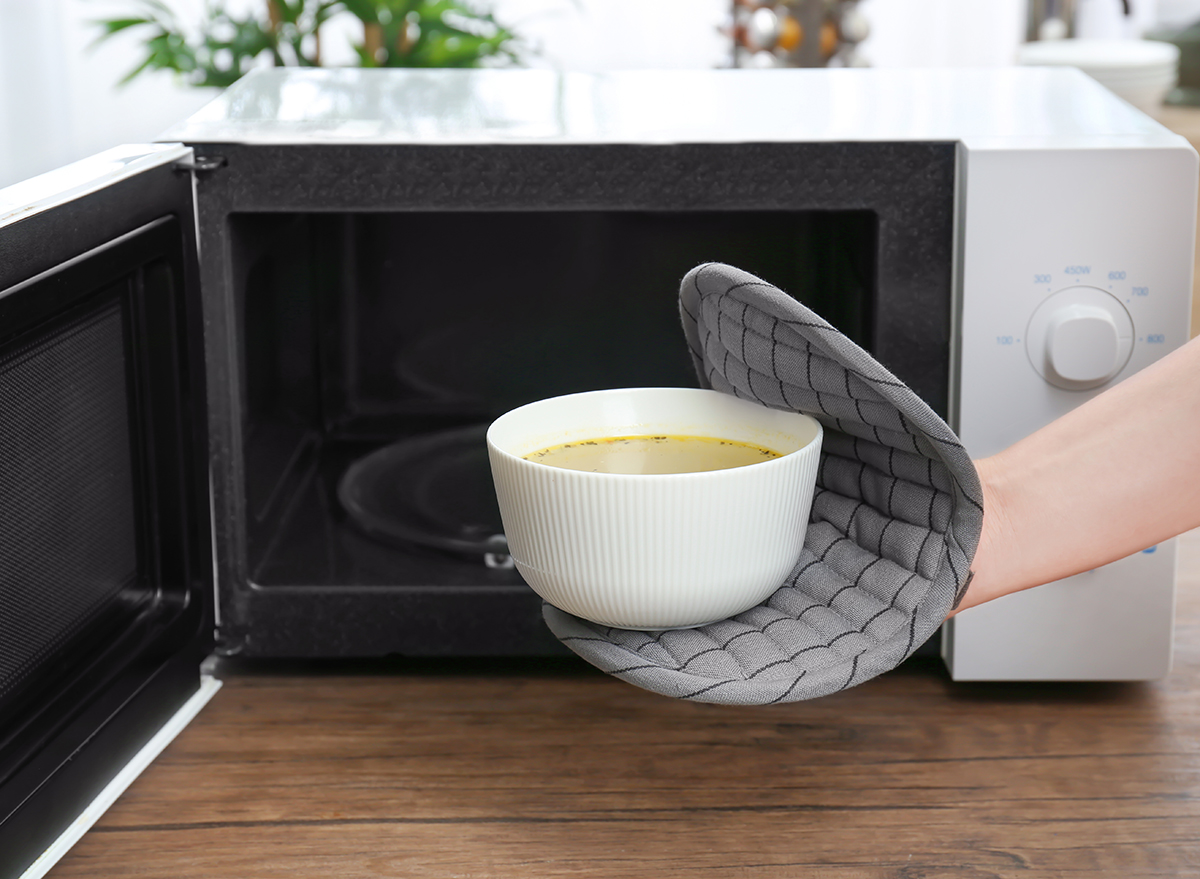
Are you re-heating soups and sauces in the microwave? Mistake number one! In an article about how to properly reheat leftovers, Brian Bennett, executive chef of health forward meal delivery service Eat Clean Bro, said, “I reheat them in a saucepan slowly on low on the stove top. I usually will add a little liquid, depending on the base for the soup or sauce,” says Bennett.
The liquid he adds will either be cream, milk, or water, and he stirs the mixture slowly as it’s heating on the stovetop. Of course, you can put it in the microwave, but the sauce may become drier and either the soup or sauce could explode while in the microwave. The worst part? Half of the soup or sauce may still be cold, but your microwave is left a mess.
You’re not reheating your leftovers in the microwave properly.
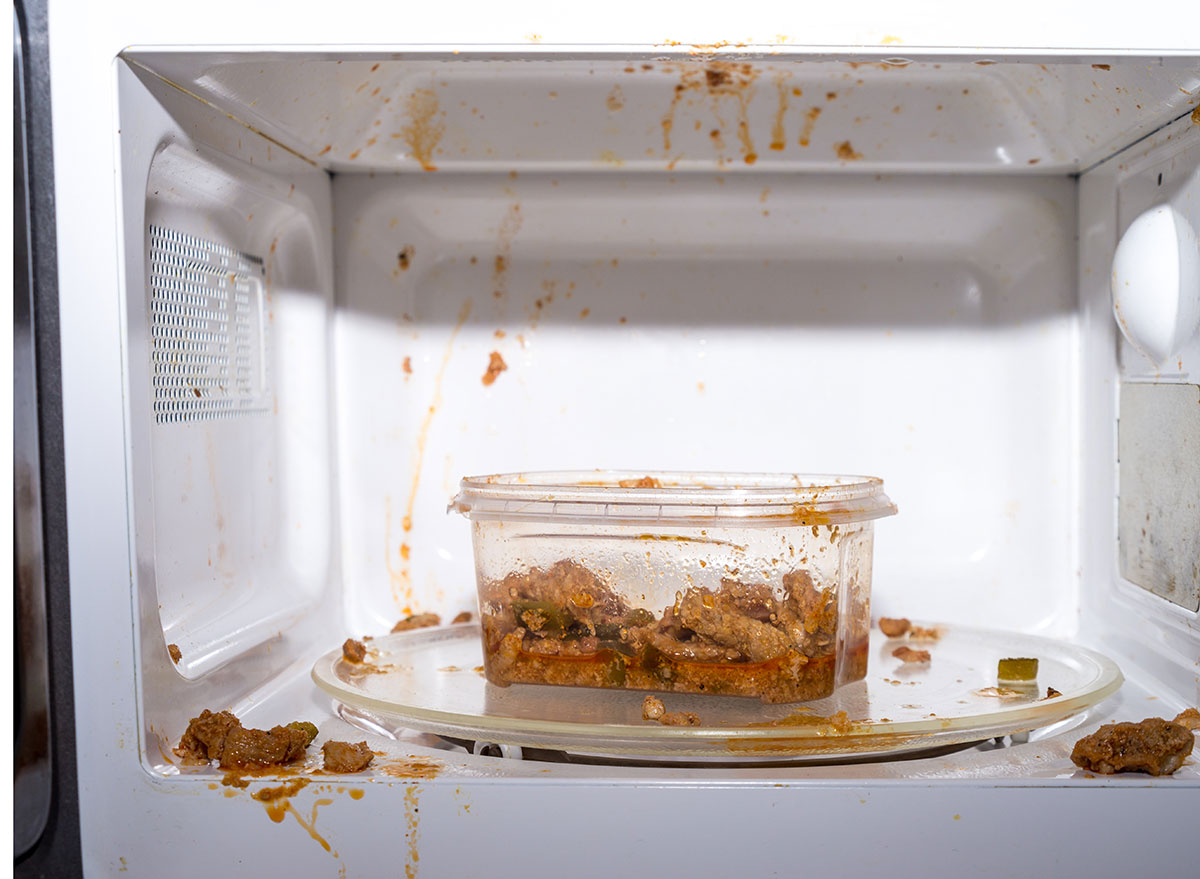
Bennett had also shared that you should avoid stacking leftover foods on top of each other while in the microwave.
“The less dense something is, the easier it will heat up,” he says, so you should avoid stacking that grilled chicken breast on top of that cold bed of pasta! Instead, make sure that all of the food is evenly spread out across the plate so it heats up at the same rate, or take turns heating up all of the different foods. Yesterday’s dinner will be just as hot as it was then!
You’re storing raw foods on top of cooked foods.
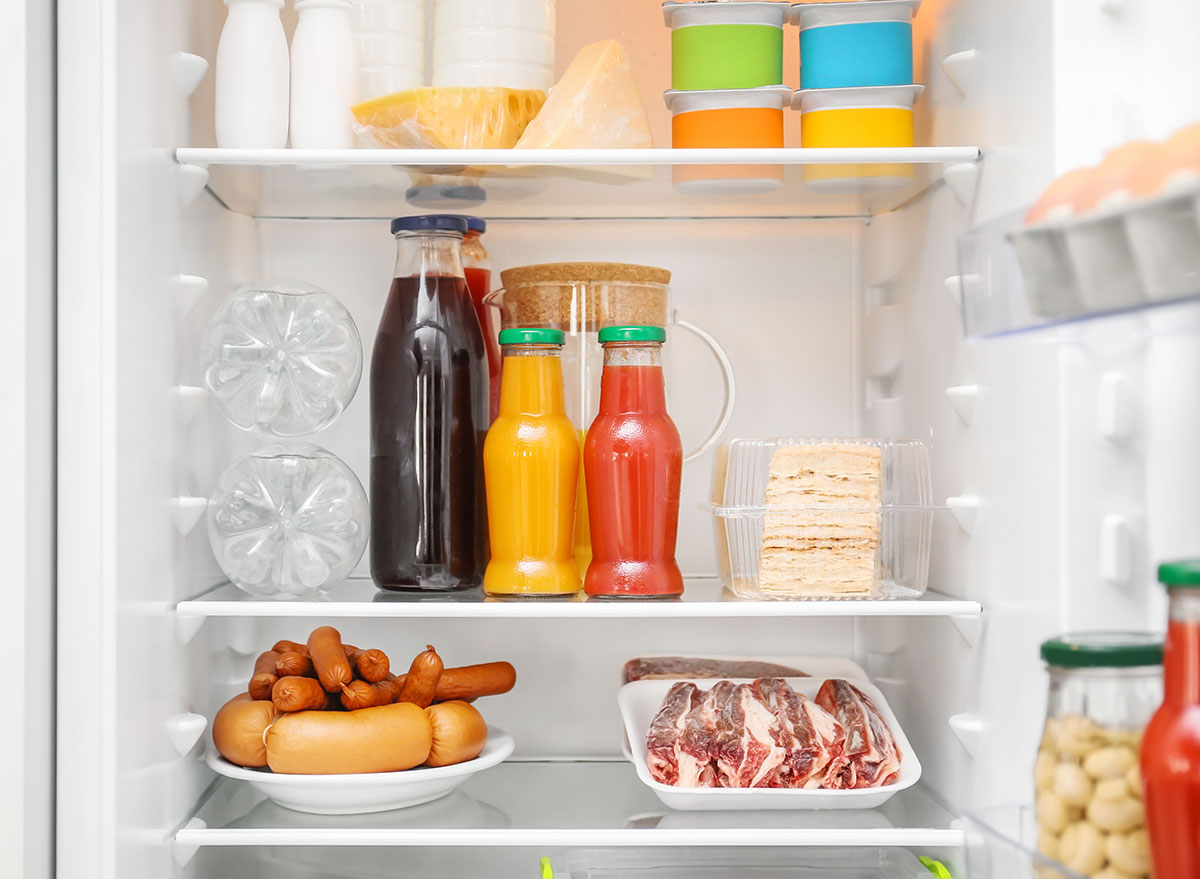
Overstuffing your fridge is a problem within itself because you run the risk of inhibiting cold air from circulating properly among all foods in the appliance. But keeping raw foods (like cuts of meat) near cooked foods in the fridge is also concerning. For example, let’s say you stack a couple of slabs of red meat on the shelf above already cooked foods. Depending on how the shelves of your fridge look, you could run the risk of juices from the raw meet seeping into your leftovers. This, of course, could cause a slew of health problems if consumed, so make sure you place raw meat on one of the bottom shelves for proper fridge organization.